This image is a cross section through the Earth showing the convection cells of the mantle. Ridge push happens at spreading centers where plates are moving apart. Slab pull happens at subduction zones where one plate is pulled down into the mantle.
Windows Original after Northcott
How Do Plates Move?
Earth’s center, or core, is very hot, about 9000 degrees F. This heat causes molten rock deep within the mantle layer to move. Warm material rises, cools, and eventually sinks down. As the cool material sinks towards the Earth’s core it is warmed and rises to the top again. This type of movement is called a convection cell.
We used to assume that Earth’s plates just surfed on top of the mantle’s giant convection cells, but now scientists believe that the plates themselves play an important role in the convection process.
How can plates play an active part in the convention process instead of just surfing along? Just like convection cells, plates have warmer, thinner parts that are more likely to rise, and colder, denser parts that are more likely to sink.
New parts of a plate rise because they are warm and thin. As hot magma rises to the surface at spreading ridges and forms new crust, the new crust may actively push the rest of a plate out of its way. This is called ridge push.
Old parts of a plate are likely to sink down into the mantle at subduction zones because they are colder, thicker and denser than the warm mantle material underneath them. This is called slab pull.
Last modified May 21, 2008 by Lisa Gardiner.
You might also be interested in:
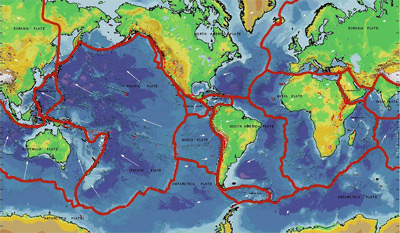
Many forces cause the surface of the Earth to change over time. However, the largest force that changes our planet's surface is the movement of Earth's outer layer through the process of plate tectonics.
...more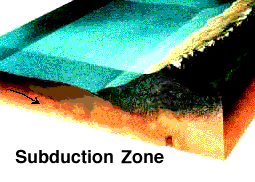
When two sections of the Earth's lithosphere collide one slab of lithosphere can be forced back down into the deeper regions of the Earth, as shown in this diagram. This process is called subduction.
...more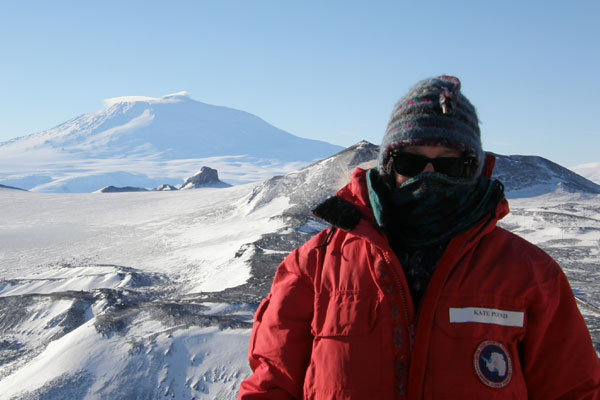
Dear everyone, I am settling in to life at McMurdo Station as we wait for the first core samples to be brought to Crary Lab from the drill site, which is about 25 km to the NW of McMurdo Station. While
...more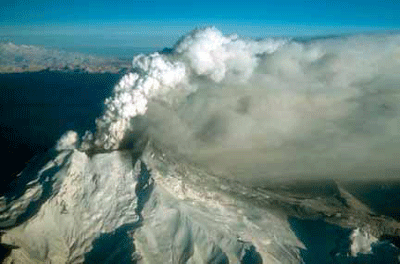
Ash is made of millions of tiny fragments of rock and glass formed during a volcanic eruption. Volcanic ash particles are less than 2 mm in size and can be much smaller. Volcanic ash forms in several ways
...more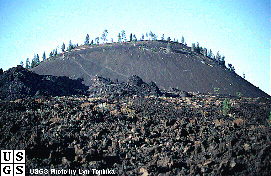
Cinder cones are simple volcanoes which have a bowl-shaped crater at the summit and rarely rise more than a thousand feet above their surroundings. They usually are created of eruptions from a single vent,
...more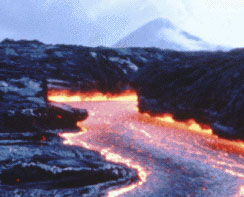
Lava can move in broad flat lava flows, or it can move through constrictive channels or tubes. Lava flows have a large surface area so they tend to cool quickly and flow slowly. The fastest unconstricted
...more
Earth’s center, or core, is very hot, about 9000 degrees F. This heat causes molten rock deep within the mantle layer to move. Warm material rises, cools, and eventually sinks down. As the cool material
...more














